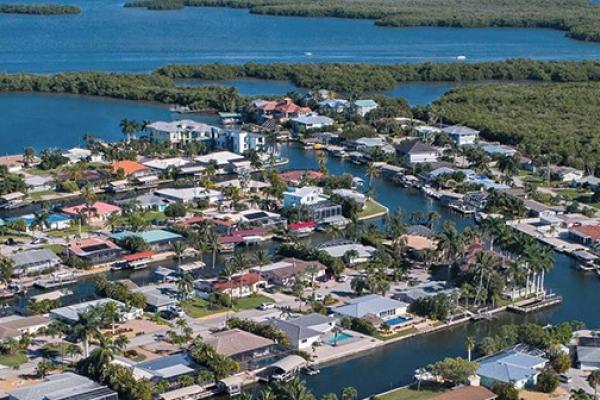
Public participation is founded on the idea that people have a right to have a voice in decisions that affect their lives. However, some people—due to historical and systemic injustices—face substantial barriers to public participation in decision-making. Because of these barriers, these people may not have influence on important decisions that affect their lives and wellbeing.
To overcome these barriers and pursue equity and environmental justice in our decision-making processes, BOEM works to advance targeted, meaningful engagement with communities with environmental justice concerns and underserved communities that may be affected by offshore activities that BOEM authorizes. Information from this type of engagement, paired with locally informed environmental analyses, enables BOEM to identify potential disproportionate impacts on communities with environmental justice concerns. BOEM can then work to avoid, reduce, or mitigate potential impacts.
Environmental Justice and Engagement
Community engagement is a vital part of BOEM’s decision making processes. People living closest to the areas with OCS activities that BOEM authorizes have important local knowledge about the environment and social context that can help BOEM analyze potential impacts. Community engagement is also an important part of effective decision-making – when people can provide input into the assessment and decision-making process, outcomes tend to be more acceptable and useful to local communities. This type of engagement enhances BOEM’s ability to identify potentially affected communities, assess potential impacts, and improve representation of experiences and perspectives in research.
Meaningful engagement helps ensure underserved communities, especially those with environmental justice concerns:
- Are aware of and understand proposed projects,
- Can actively participate in the identification of impacts and ways to mitigate them,
- Have an opportunity to voice concerns,
- Understand how their input is used or affects a decision.
BOEM is using its regulatory tools in creative ways and working with partners to avoid, minimize, and mitigate potential impacts and equitably distribute potential benefits from offshore development. In addition to engaging with minority and low-income populations, BOEM is working to enhance engagement with underserved communities as defined defined in Executive Order 13985, Advancing Racial Equity and Support for Underserved Communities Through the Federal Government. Moving forward, BOEM continues to improve our strategies to provide additional avenues to incorporate community input, particularly related to environmental justice concerns, into our decision-support processes.
BOEM wants to hear from members of underserved communities, including those with environmental justice concerns. Email environmental.justice@boem.gov for more information about our environmental justice efforts and to engage with us on environmental justice-related issues.
Environmental Justice and NEPA
For National Environmental Policy Act (NEPA) analyses, BOEM considers environmental justice through the following questions:
- Who are the environmental justice populations in the project study area?
- Where are the environmental justice populations located?
- How have the environmental justice populations been involved in the decision-making process?
- How is the project expected to affect environmental justice population(s)?
- How may adverse effects potentially be mitigated (that is, can impacts be avoided, minimized, or compensated for)?
- What are the relevant effects on non-environmental justice populations?
- Will there be a disproportionate adverse effect on environmental justice populations?
- If so, how can adverse effects be further mitigated?
To properly address these questions, BOEM needs to receive public input to understand the local context during our environmental review processes, particularly from environmental justice and underserved communities themselves.
